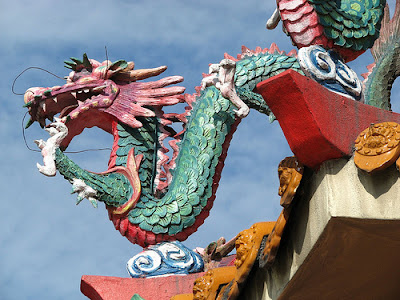Tropical Butterfly - Junonia Orithya Madagascariensis - Eyed Pansy - Blue Pansy
This 4th series post showcases a tropical butterfly known as Junonia Orithya Madagascariensis with common names such as Eyed Pansy and Blue Pansy.
Close up shot
Blue pansy perched on a grass shoot
For hi-resolution photos, check out my butterfly collection at my Flickr Gallery #1 or Gallery #2.
Junonia Orithya Madagascariensis is from a butterfly family called Nymphalidae. Nymphalidae are brush-footed butterflies include groups such as the browns, milkweeds, snouts, and aristocrats, all of which have previously been classified as separate families. Junonia Orithya Madagascariensis can be found in three regions namely: African region, Oriental (Asia) region and Australian region.
Related topics:
* Moths and Butterflies, Series #1
* Moths and Butterflies, Series #2
* Tropical Moths and Butterflies, Series #3

















